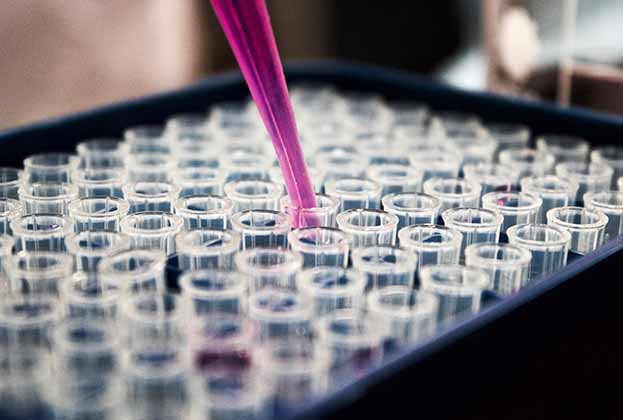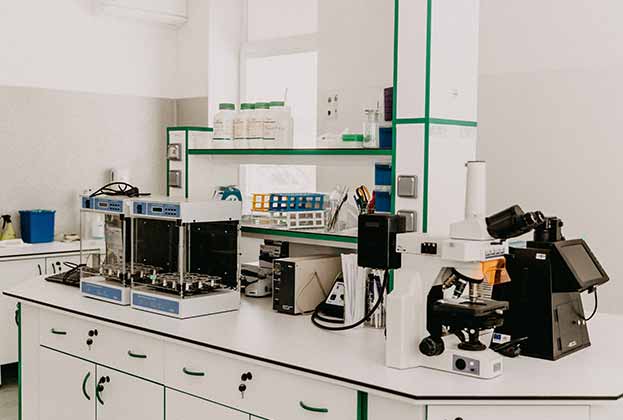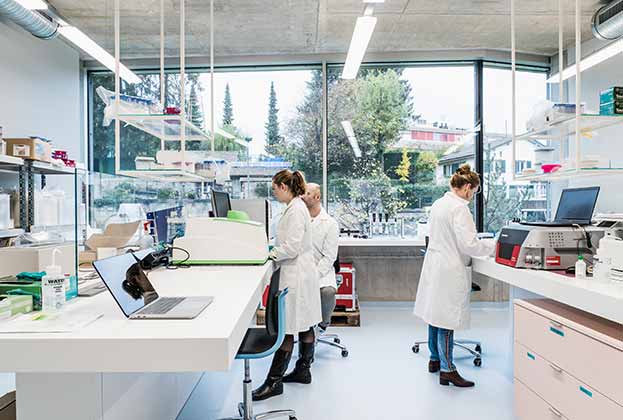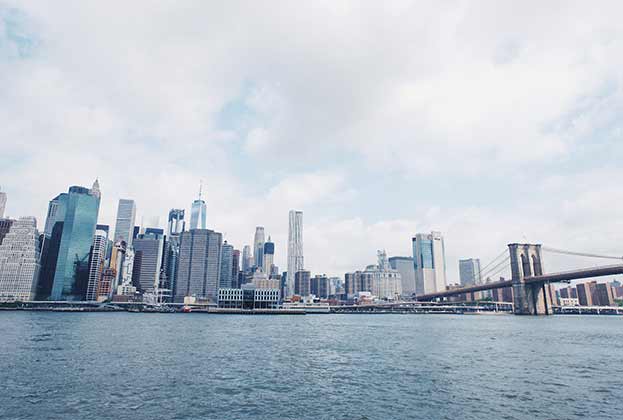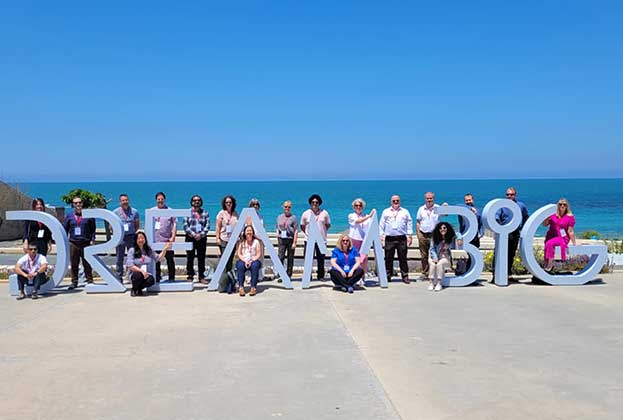Boston remains the United States’ top life sciences cluster
Companies such as Indigo Agriculture, Tessera, and Reify Health are among the most funded for this year. Over the summer, Indigo Agriculture, a developer of biopesticides intended to improve the safety of crops, raised an estimated US$150 million in Series H funding from Empede Capital Partners and Timon Capital, placing the company’s pre-money valuation at about US$3.8 million. In late February, Tessera raised US$300 million from Salt Funds Management, TA Ventures and SoftBank Investment Advisers to accelerate its gene writing technology. Despite 2022’s trend of declining funding, life science companies are not shedding space like other industries in light of current economic uncertainty, keeping vacancy rates historically low and rents among the highest in the nation at an average of about US$100 per square foot.
Life science companies are not shedding space like other industries in light of current economic uncertainty, keeping vacancy rates historically low and rents among the highest in the nation
Brianna Friedman, Senior Research Analyst, Savills
The total capital raising data showed an expected reduction in total raised to around US$20 billion in 2022, for companies in Boston and Cambridge. 2021 was an exceptional year, with nearly US$90 billion of transactions recorded driven by the US$62 billion of M&A deals in 17 deals, with large acquisitions by Merck & Co, AstraZeneca and Novartis. The first two months of 2023 show signs of a much stronger year, with nearly US$9 billion recorded already, driven by Takeda's acquisition of Nimbus Lakshmi, a subsidiary of Nimbus Therapeutics and is based in Seaport District.
Boston/Cambridge, MA
A key and mature life science market in the US
Boston remains the United States’ top life sciences cluster due to its proximity to world-class research centres, highly educated workforce, and large amounts of funding from venture capitalists and the National Institute of Health (NIH). Boston’s market contains several advantages for the life science industry, with access to 25 hospitals, 20 health centres, and world-class institutions such as Massachusetts Institute of Technology (MIT) and Harvard University. Boston is home to the Longwood Medical and Academic Area, a campus with over 46,000 scientists, researchers, and staff and over 21,000 students studying at its institutions and hospitals. This has helped maintain its high ranking in life science hubs across the nation and has led Massachusetts to become the number one state in Research and Development investment per capita.
The Boston metro area has seen an influx of new developments in the past couple of years and has over 11 million sq ft under construction. Notable projects under construction include the first purpose-built life science development in Boston Landing, FORUM, a 350,000 sq ft life sciences building at 60 Guest Street being developed by Lendlease and Ivanhoe Cambridge, along with Greystar Real Estate’s 465,000 sq ft ’74M’ at 74 Middlesex Avenue, set to deliver in spring of 2024. Throughout 2022 numerous life science buildings have been completed, such as Breakthrough Properties’ ’The 105’, a 263,000 sq ft lab and office development which will serve as CRISPR Therapeutics’ new headquarters.
For over two decades, Boston has received the most funding from the National Institute of Health (NIH) compared to any US city. Boston’s VC funding is also elevated compared to other markets at US$8.22 billion year to date. However, it has fallen from 2021’s peak of US$18.24 billion and is still below 2020’s year-end total of US$12.05 billion. The number of funding deals year to date is 331, down 46% from 2021’s 617 deals, and only one quarter left to make up the difference. Boston’s life science industry is made up of 14 sub-sectors, with Drug Discovery and Biotechnology among the most funded. Life science sub-sector Drug Discovery received the largest amount of funding in 2022 at US$3.3 billion, about 40% of Boston’s year-to-date total. The second most funded was Biotechnology at US$1.4 billion (17%).
Read the articles within Spotlight: Life Sciences – Trends & Outlook below.
.jpg)
